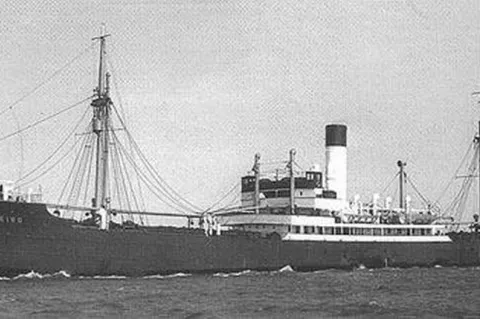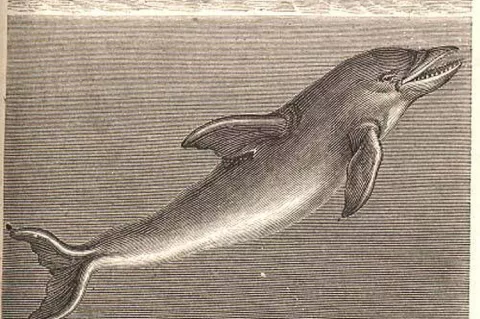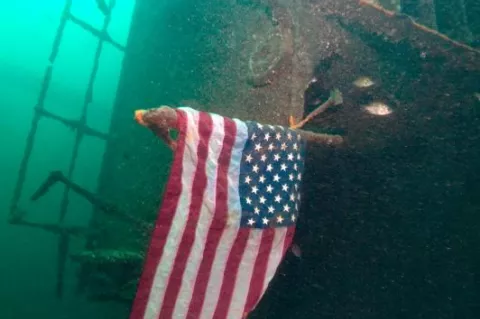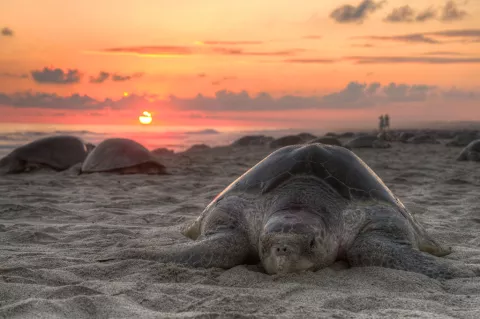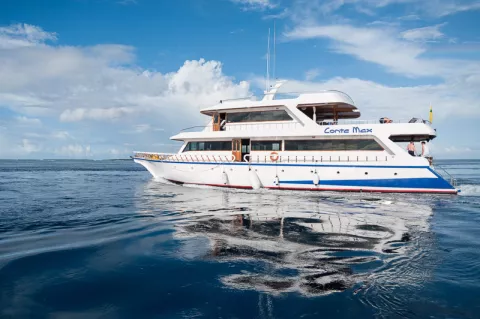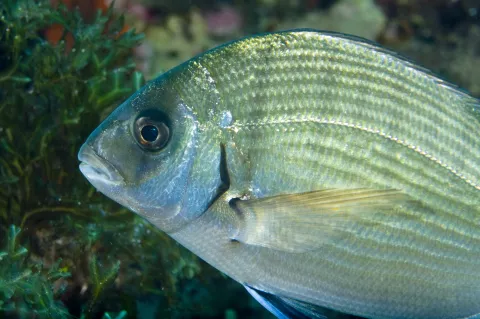Glowing corals found in the Red Sea
Researchers have discovered scleractinian corals that are brightly fluorescent at depths of 50–60 m. Many of them glow brightly with fluorescent colours, ranging from green over yellow to red. The encounter of such a rainbow of coral colours in deep waters was unexpected since their shallow-water counterparts in the same reef contain only green fluorescent pigments.
- Read more about Glowing corals found in the Red Sea
- Log in to post comments



